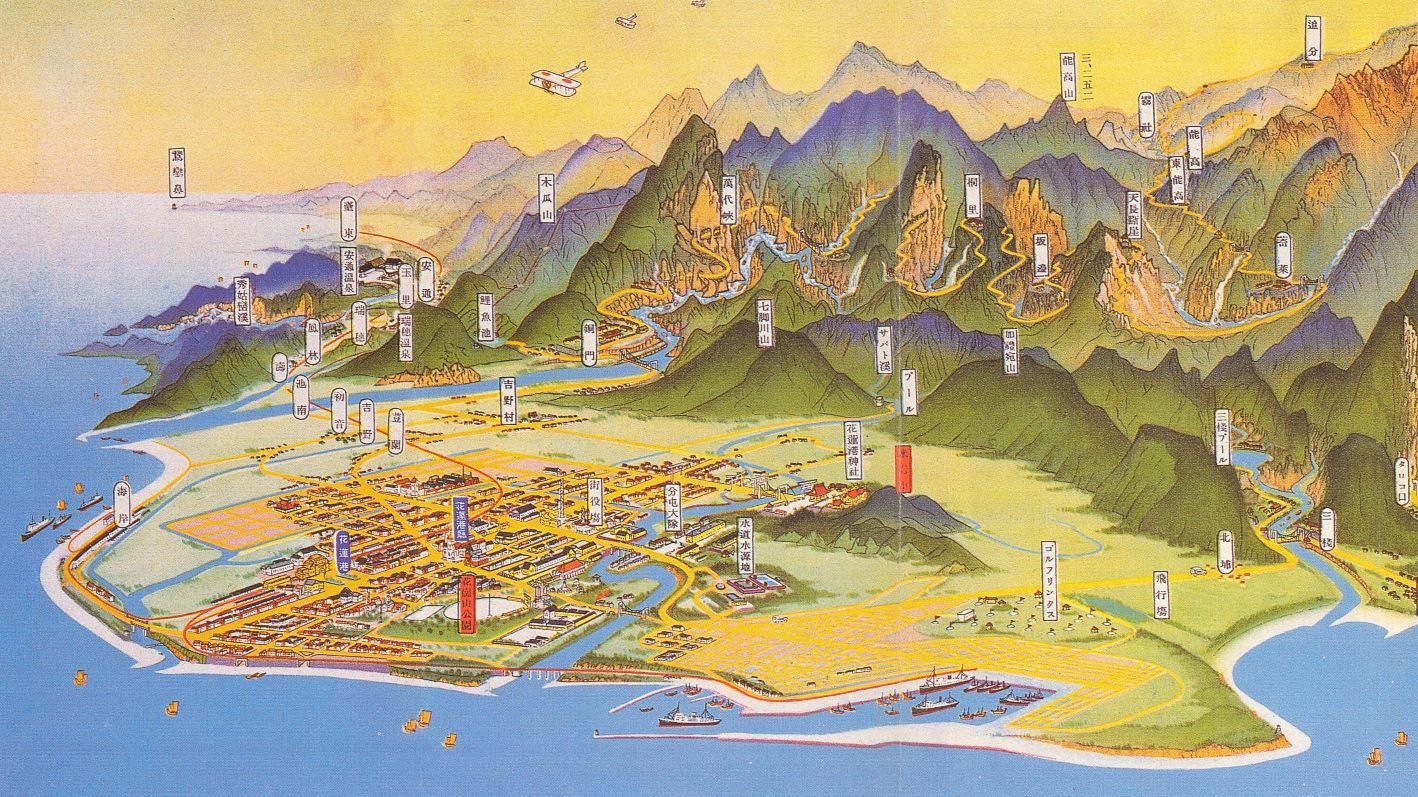|
Between mid and late 1930s, the war atmosphere became increasingly intense and the Government-General of Taiwan further tightened the control over speech. In line with the national kōminka (Japanization) policy, the Chinese pages were banned in April 1937. After the outbreak of the Sino-Japanese War, the newspaper in response to the national policies and political situation had designated pages for publicity on government decrees. To popularize the national language, the newspaper introduced columns for learning Japanese, namely “Learning Japanese” and “Pick up Japanese from News”. To enable those less proficient in Japanese to follow what was reported, kana was added next to the Chinese characters, much like providing zhuyin, Mandarin phonetic symbols. Moreover, there was news written entirely in katakana, similar to essays penned totally in phonetic symbols. Initially, such page contained only news. Then, paper rationing in wartime and the subsequent page reduction led to reports other than news sharing the same page. The reports had a strong militaristic flavor, such as highlighting children at home front encouraging fathers and brothers at front line, and all males in the family joining the battle. Other contents were records of important construction projects and new academic knowledge. (Figure 17)
Figure 17 This July 27, 1938 issue reported in the “Learning Japanese” column updates on the war including letters of thanks to manufacturers of military supplies and revelation on the lies regarding China's war against the Japanese. The column in the center of the page, titled 「コドモ」(Children), introduced the use of various artillery shells deployed in the war, including grenades, incendiary bombs and the like, indicating that military education had already extended to children during wartime. The lower right showed the news in katakana promoting the success of the military in shooting down enemy planes. Source: The Taiwan Shinminpo No. 2686 (1938-07-27), Records of the Taiwan Shinminpo (T1119_02_079_0027). Another change in news content was the wide coverage of government decrees and public announcements, including laws, administrative orders and important measures promulgated by the Government-Governor of Taiwan, as well as information on appointments, communications, finance, justice, police, statistics, and health. From the occasionally published column 「公報彙集」(“Announcements”) of 1938 to the regularly featured column 「府州市公報輯錄」 (“Public Announcements”) since end of March 1940 (lasting till 1941/2), almost every day except Monday there were half- or full-page official announcements or government decrees, among which was the long list of price indices promulgated under the economic control policies. (Figure 18)
Figure 18 On September 11, 1940, the “Public Announcements” column contained a notice of the Hsinchu Prefecture, detailing the prices of commodities such as soap, stationery, and simile printing paper that were fixed in accordance with the price control policy and the date those went into effect. Including such in the newspaper served to assist the publicity of government decrees and provide guidelines for related businesses and industries. Source: The Taiwan Shinminpo No. 3458 (1940-09-11), Records of the Taiwan Shinminpo (T1119_02_105_0011). In 1940, the southward advances of the Japanese army reached Southeast Asia, The Taiwan Shinminpo added a new column titled 「南方講座」(“Lectures on the South”), featuring the history, ethnicity and health knowledge related to Southeast Asia countries. Articles contributed by scholars and experts were published for more than a year. The first article entitled Historical relationship between Japan and French Indochina written by Professor Seiichi Iwao of the Taihoku Imperial University was published on October 5, 1940. It reviewed the historical fetters and trade relations between Japan and French Indochina (covering today's Vietnam, Cambodia and Laos). Another contributor, Tu Tsung-ming, the first Doctor of Medical Sciences of Taiwan published a series of articles introducing the medical facilities in French Indochina and the life and customs of people in Annan (the present-day Vietnam). (Figure 19, 20)
Figure 19 Between November 20 and 26, 1940, the “Lectures on the South” column published in series a total of five articles written by Tu Tsung-ming at the invitation of The Taiwan Shinminpo. It was because Tu participated in the 10th Congress of the Far Eastern Association of Tropical Medicine held in Hanoi, Vietnam in November 1938 as a representative of Japan. Besides relating his own experience in Hanoi, the article introduced the history, geography and culture, people’s characteristics, and medical facilities of Vietnam. Source: The Taiwan Shinminpo No. 3527 (1940-11-20), Records of the Taiwan Shinminpo (T1119_02_107_0020).
 Figure 20 Record of Tu Tsung-ming’s application for passport for overseas travel on business. He was sent to participate in the 10th Congress of the Far Eastern Association of Tropical Medicine held in Indochina. Another participant was Professor Toshiro Oda of the Department of Medicine, Taihoku Imperial University, who gave a talk on "Geographic pathological studies of tuberculosis in formosa" at the meeting. Source: Foreign Passports Issued, October-December 1938 (T1011_03_159), Passports Issued and Recovered by the Government-General of Taiwan (T1011). |
 |






